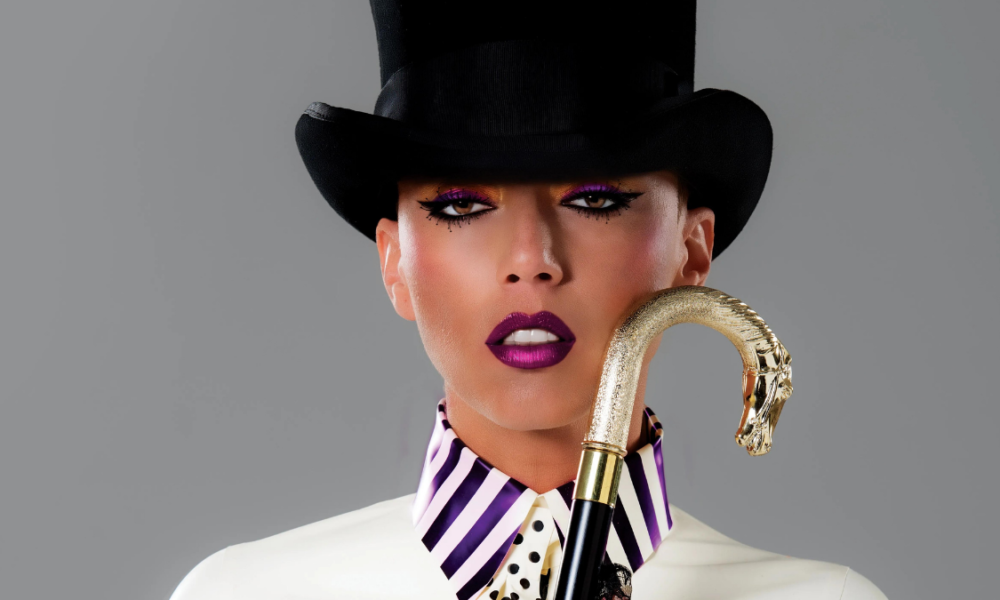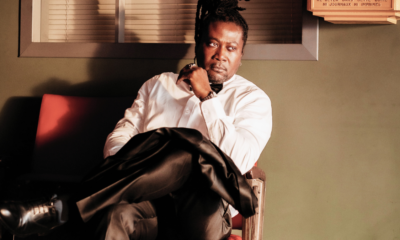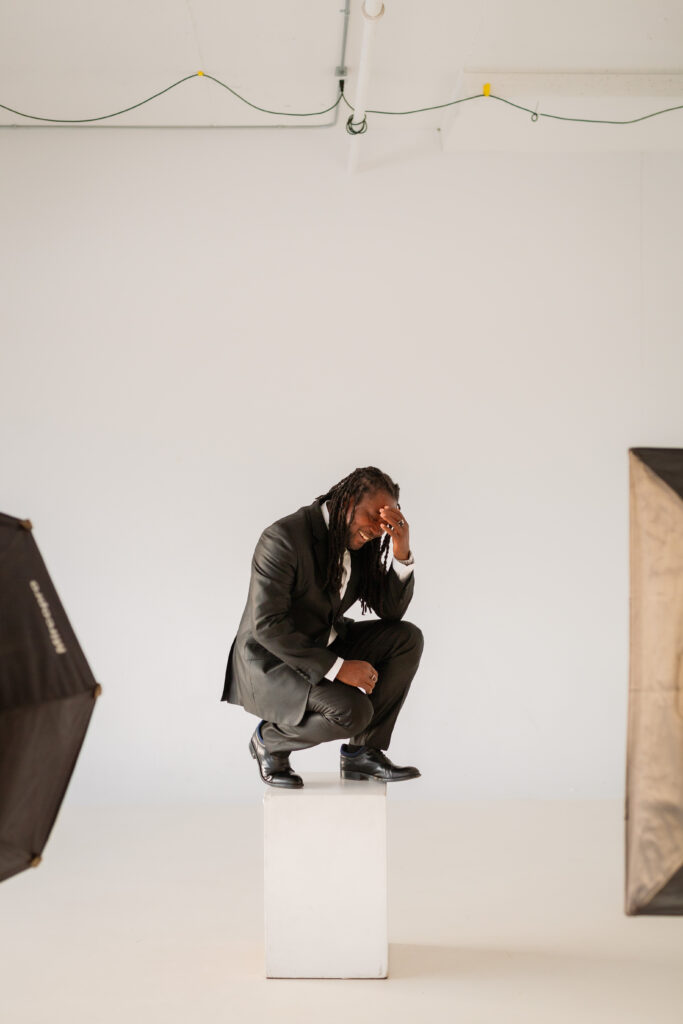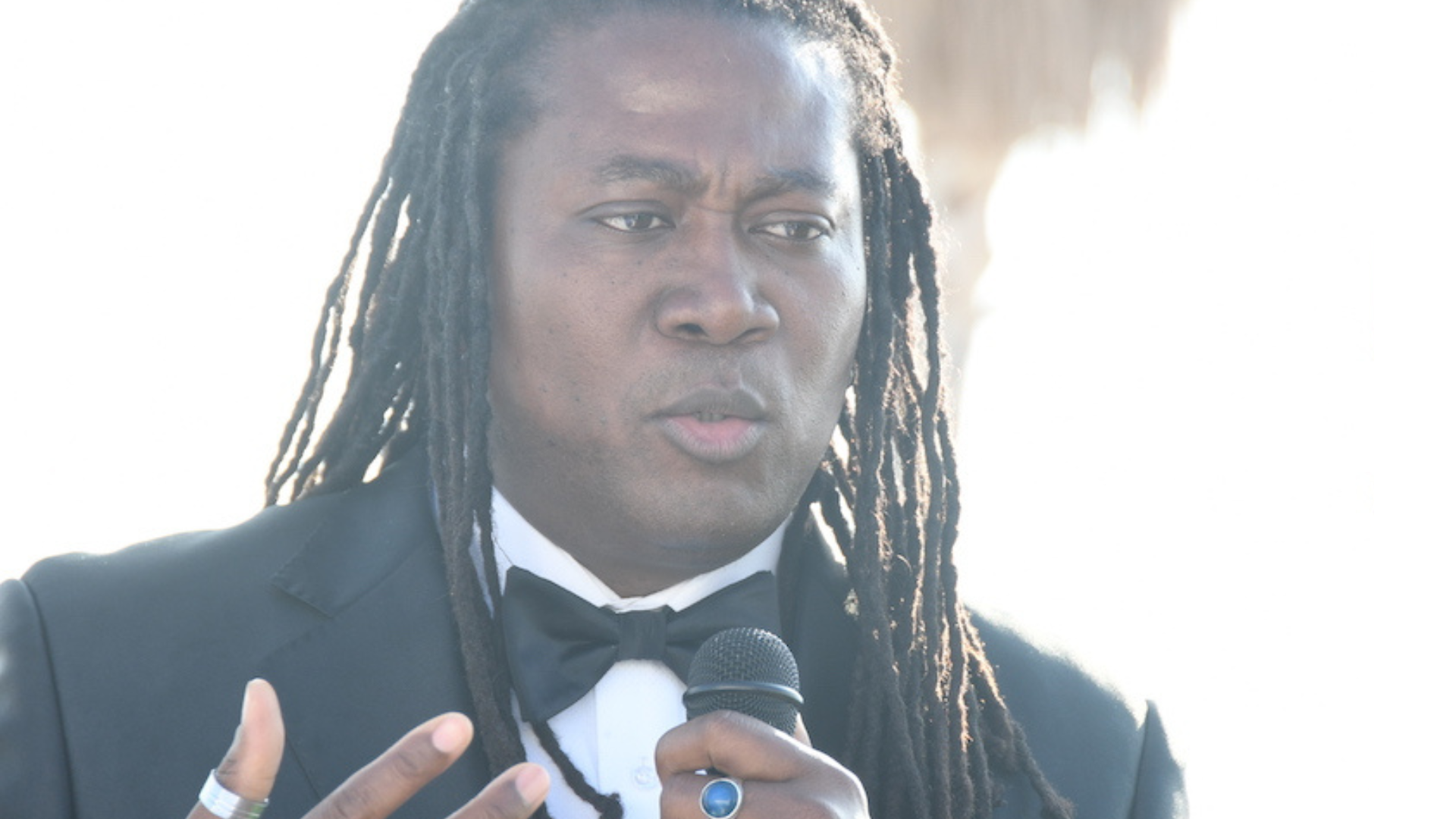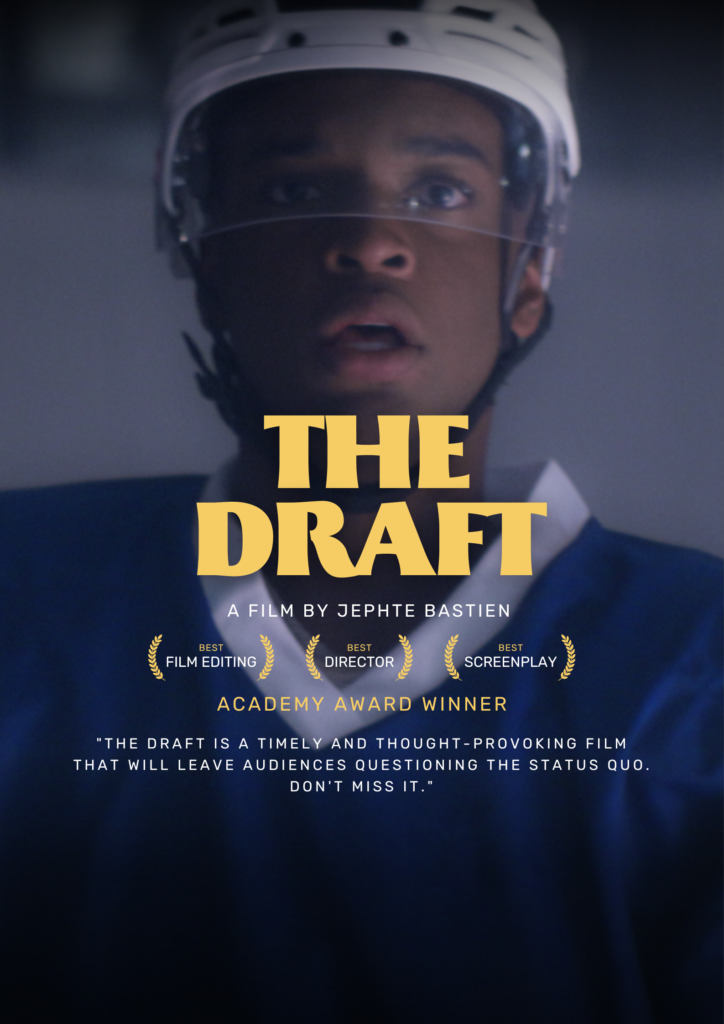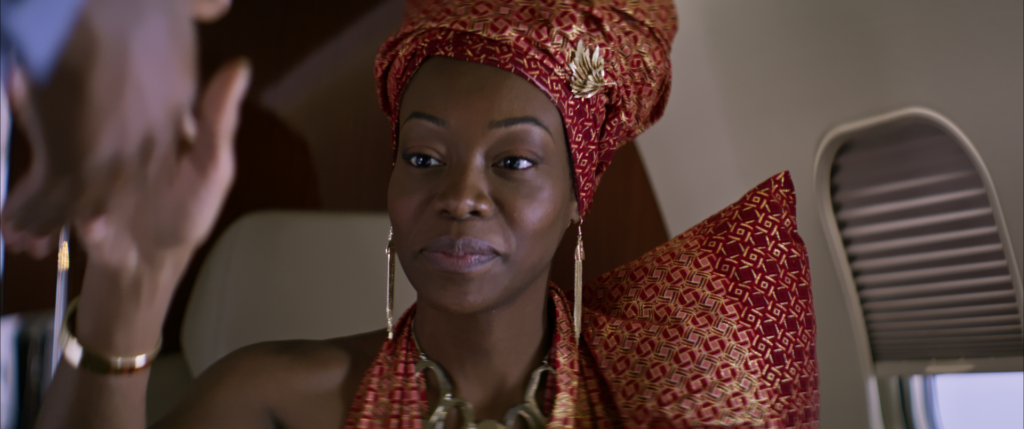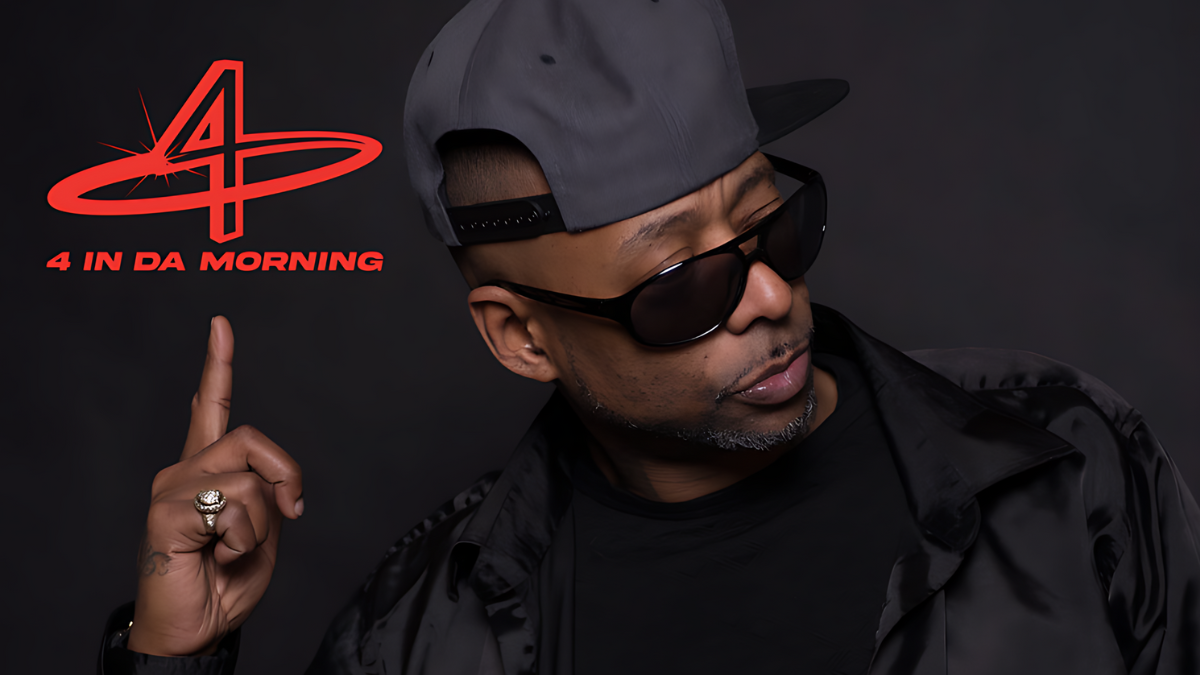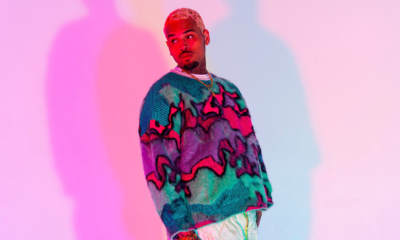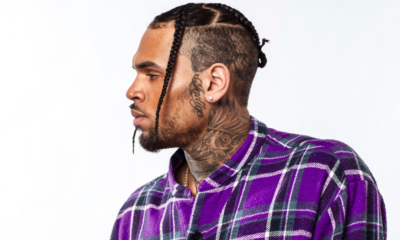When you can’t slot an artist into a single, specific genre, you know that you’re dealing with a unique and creative musician. In harmonizing the sharp beats of 1920s jazz and retro with a thumping R&B groove, Dessy Di Lauro and her partner Ric’key Pageot fit the bill! The duo created a fresh, unique sound that’s rich with history and culture, dubbing it as “Feathered Frohawk Futuristic Art Deco-Centric Harlem Renaissance Hep Music.” With Dessy’s electric voice and Ric’key’s sharp production skills, the groove factor of Dessy’s latest album, This Is Neo-Ragtime, is set to full-blast and never drops for a second, giving rise to a delightfully infectious album that is sure to get you tapping and swaying along to the blare of trumpets, the stride of a piano and Dessy scatting. Dessy moved to the U.S.A. from her hometown Montreal, Canada to perform on two spectacles with the prestigious Cirque du Soleil, in-between which she released her first solo EP, A Study of a Woman’s Soul. Dessy’s single Why U Raggin, which appears on the This Is Neo-Ragtime album, won the Hollywood Music in Media Award for Best R&B/Soul Song in 2010. She currently lives in Los Angeles with Ric’key, where she regularly performs with her Neo-Ragtime Jamboree at Harvelle’s Nightclub. Her shows are eclectic productions that beam the audience to a sort of parallel universe complete with headpieces, garters, a taste of steampunk fashion and a fresh take on a remarkable period of music.
TVM: Is being a musician something you always wanted to do?
Dessy Di-Lauro: Pretty much. I would say that when I was about five years old, it’s something that you instinctively know! My mom heard me sing and put me in a choir not too long after. I got my start very early at that age. I was totally emerged in music. All I wanted to do is sing all the time and perform. I guess it showed because my mom put me in a choir not too long after that.
TVM: I read that your parents were into a lot of old school music. What kind of genres were you exposed to during your childhood?
DDL: I was exposed to so many different genres. My background is Cuban/Italian/Brazilian, and I was born in Montreal. It was a mix of all those cultures that influenced me. I listened to a lot of Bossa Nova, Salsa, and Afro-Cuban but primarily, my main influence was Gospel. I grew up in a Pentecostal home and also being in a choir, I listened to a lot of Gospel music. My mom’s favourite stuff was soul music, R&B, Gospel, and jazz so those were the main musical influences in my house. [My family] also listened to very old stuff from the 20s and 30s. Vinyl records got passed down through generations in my family. We had this incredible collection of vinyls that were from the 1920s and 1930s, like Cab Calloway, Duke Ellington, Fats Waller all this kind of old stuff also influenced me, stuff that I am now recreating and making my own through my music. I am so blessed to have had this incredible spectrum of music in my house.
TVM: So you were born in Montreal, but you went to the States to perform with the Cirque du Soleil.
DDL: Yes! I left to work with Cirque du Soleil’s La Nouba in Florida. That was my time to branch out. Being from Montreal I was supposed to know what Cirque du Soleil is because everybody else does [laughs]. I didn’t know what Cirque du Soleil was at all. I had no idea what this company did. I just thought it was some typical circus kind of thing. So when they called me and said that there was music, I [realized that I] knew some of the musicians that were in the band because they were from Montreal and I had worked with them before. [Cirque du Soleil] was looking for a hip hop singer. I was not really a hip hop singer! I sang choruses for hip hop groups, [for example] I had written music for Dubmatique and I sang on their project, but when I think of hip hop, I think of rap and it’s not my thing. So I went into the head office for Cirque du Soleil and I had a brief audition. They loved what I did and hired me. It was a pretty amazing experience with Cirque du Soleil. I’ve never worked with acrobats and I’ve never been in that kind of context, so it brought a theatrical aspect to what I do know that I integrate in my own shows. It was very good for me, it was very nurturing and I got a lot of theatrical experience out of it.
TVM: You started out with La Nouba and you later worked on Delirium with them. Performing and singing on the Cirque du Soleil stage is a very different experience than that of a singer/songwriter, and you mentioned that you did learn some things from those shows. What did you learn specifically and what are you applying to your shows right now?
DDL: I would have to say the biggest thing is playfulness and theatricals. My show is a very specific style of music, and it’s my own sound. My husband Ric’key Pageot and I, we created this sound which is a mix of 1930s Harlem Renaissance music mixed with today’s contemporary R&B, and a little bit of hip hop. We all dress up and the show, it’s an entire experience. With the Cirque, I played five different characters on Delirium. I had to change personalities for each [character]. So with all of that, it got me really comfortable to come out of myself and push myself more. I’m now taking dance lessons because there was a dance influence as well. I’m a lot more playful on stage, and it’s more of an acting thing that I do. It’s not really like theatre, but I’m very animated, so that’s what [being a part of Cirque du Soleil] brought.
TVM: Very cool! As for the sound that you created, you describe it as “Feathered Frohawk Futuristic Art Deco Centric Harlem Renaissance Hep Music”. It’s a mouthful! Can you give some insight into what sounds and elements make up your music and what makes this sound you?
DDL: My partner and I tried to figure out how to take an old sound and make it new. The ragtime influence and the 1930s influence is a lot of stride piano; it’s a certain style of piano playing. So we took that element and flipped it with heavy hip hop beats. For example, we do Cab Calloway’s “Minnie the Moocher”. We took that and threw in a really heavy hip hop beat, added a soulful voice and mixed it with a scat, which is an element that is almost inexistent nowadays. It’s done in a modern way that is true to me. I don’t copy anybody or emulate anybody. It’s truly a combination of these elements; “neo” meaning “new”, but “old” is also one of the elements. Another element is branding. It’s really important for me. My style of dress and what you see image-wise is that same combination [as my music]; it’s futuristic, but it also has all these elements of 30s. Everything is a mix of neo-ragtime, stride piano, hip hop, the heavy beats… It’s a little more on the electric side than what it used to be back then. This is a perfect mesh of the old and the new.
“…it’s always hard being the first coming up with something new. You need to feed it to people constantly and once they hear it and grab onto that, then they’ll latch on.”
TVM: So you pull from old and new, and so many different genres. Who are some of your top musical inspirations?
DDL: Cab Calloway, Duke Ellington, Luther Vandross, Whitney Houston, Sarah Vaughan, Lauryn Hill, Donnie Hathaway… Outkast and A Tribe Called Quest are my hip hop influences. That is my sound; it really is a combination of all those people in one.
TVM: How did you first start on the music path in Montreal? Did you start playing gigs and gain momentum from there?
DDL: Yes! In school, I started hooking up with friends and we started writing and playing around. I had this really natural knack of writing songs, melodies and lyrics. I kept doing that and eventually, I did a year of fashion design at LaSalle College, but I was already branching out, checking out the scene and listening to different singers. At that time, I was totally emerged in Coco Thompson. She is one of my favourite singers in Montreal. She is one of my biggest influences and she’s like a sister to me; she’s my best friend. I was so enamoured with her voice that I’d go see her every weekend. Eventually, she would start bringing me up on stage. That was how I got my beginnings. After that, it was Alan Prater, where I joined their group with Coco and started singing with CoSoul. I was aggressively pursuing it. I wanted to soak up as much as I could in the Montreal scene. There is so much talent in Montreal and I wanted it all. I needed to be a part of it. That’s how I got my start.
TVM: Fast forward to 2013, you released your second album This Is Neo-Ragtime.
DDL: Yes! The first one was Study of a Woman’s Soul which was an EP, but this one is the first sophomore full length album
TVM: It’s a production that you worked on fully by yourself with your husband Ric’key Pageot. What were some of the challenges you encountered in its coming to life?
DDL: I wouldn’t say it was a challenge because it kind of happened naturally. He’s influenced by the 30s and I’m influenced by the 30s, so we knew we had to make it fresh and new and give it a new sound. It came naturally. Neo Ragtime is our love, our passion. That’s all I want to live and breathe every day. I love performing and I love writing songs because it just comes naturally to us both. I’d say the one big challenge is after we recorded the album. [We thought], “How are we going to sell this sound? It has never been done before.” People are used to hearing what they are used to, and it’s always hard being the first coming up with something new. You need to feed it to people constantly and once they hear it and grab onto that, then they’ll latch on. So my catchphrase, “Feathered Frohawk Futuristic Art Deco Centric Harlem Renaissance Hep Music”, when people hear it, they are so intrigued that they will listen to the music, so that catchphrase was really important when sending [the album] out to different companies and different promotional websites. The 20s is a style of music that has disappeared in history. The one thing people know about the 20s is the Great Gatsby; musically, they have no clue. So we realized that we have to have a historical background whenever we introduce our music to people. We need to describe and let people know where it comes from, where the passion comes from and who the people doing it back then were. Cab Calloway was the original MC as far as I’m concerned. He was the original scatter; he was the original band leader with a whole lot of swag doing it on a whole other level. It was a musical freedom and expression that was all new back then, but has lost itself right now. People bring back 50s music, they bring back 60s music, they bring back disco music, they bring back funk, but it never goes as far back as the 20s. As far as the album, the music, and creativity that’s the fun and easy part. It’s the stuff that comes after it’s done that’s the hard part.
TVM: The first part comes naturally.
DDL: Yes! The creative part always comes naturally. Nowadays, you have to do everything as an artist, not only create. You have to have your business, marketing and social media caps on. You have to wear your branding cap. It’s not just about opening my mouth and singing and writing music; it’s so much more.
TVM: What do you enjoy writing about?
DDL: I always write personal stories or stories surrounding my friends, family or acquaintances. What I write about is always near and dear to me, and there is always a message of love. The general consensus of the album that everybody comes to me with is that it’s very empowering for women; it’s about strength, power, relationships, love, disillusionment in love… So it touches many different topics. I would say the most common thread throughout is very powerful. It’s also about my struggles as an independent artist, like [the song] “Lost in the Jungle” is about that. “Popularity contest” is [also] about that. The music industry has changed so much that talent doesn’t stand on its own anymore. You can have 2 million hits on YouTube regardless if the product is good or bad. So I talk about all that [in my songs]. I keep it personal to bring people into my world and share my experiences.
TVM: You’ve had the opportunity to work with a lot of great bands and great producers. What is your most memorable experience or performance?
DDL: Wow! That’s a great question! I may have three [amazing performances] because that’s a really hard one. I’d say one of them was in 2004. We did a Jazz Fest in Montreal that was one of my highlights.
The second one was at the Blue Note Jazz Festival in New York City. Blue Note is world-renowned; so many great legends have performed there on that stage, so it was really humbling and an honour that they would ask me to perform. The third one would be starting a residency here in L.A. It’s a full-on show we started in January 2014 and it’s been really good.
TVM: The audience must feel like they are taken back in time.
DDL: They are, but they’re also not. I tell people that it’s not a novelty thing where you feel like you’re being transported to the 20s. It really has this fresh take on it. We have a lot of people [from the audience] dance at our shows. At first, it takes them a minute to switch and say, “Okay! We can get down to this.” Visually when you see it, you get that aspect [of being taken back in time], but when the music starts, it switches.
TVM: Your performances are so high energy, how do you keep it up throughout the show?
DDL: I’ve just gotten used to the pace. Thank God I work out (laughs). Eating right, exercising, and dance rehearsals help. After the first initial shows went by, then it’s like riding a bike – it just kicks in. Some nights, I perform two sets of an hour and fifteen minutes. We’ve also already done two and a half hours straight. It’s intensive, but once you’ve done it a few times, you say, “Oh, it’s easy breezy!” I’m conditioned for it now but the day after, I’m exhausted (laughs).
TVM: Being so exhausted after a show, what do you do to stay healthy and keep your voice healthy?
DDL: I make sure that when I’m on the show, my sound is impeccable because usually, what will do me in is my high-energy band. I have a 3-piece horn section, so I need to be heard above that, and it can get pretty loud sometimes. The energy goes up and that’s a great thing, but I have to make sure that I can hear myself. The important thing, especially for up and coming artist, is don’t ever wreck your voice during a performance because that can be detrimental to your vocals for the future. A lot of singers wreck their voice during performances, and then they get nodules and they can’t sing, or have to get operated. It can ruin your career. I really make it a point to take a little more time to make sure that I can hear myself breathe on the mic so that I know that I’m not pushing to the point where I wreck my voice. Singing has to be like talking. If I’m having a conversation, it’s easy; I’m not forcing, and that’s how singing has to be.
TVM: Do you work with a vocal coach?
DDL: I don’t! I never have. My vocal training came from listening to a lot of music and emulating horns. I would copy what the horns were doing and I would copy what a vocalist was doing. I’d try to change my tone. So I never had any kind of vocal training; [I had] street training, that’s what I call it.
TVM: Do you have any kind of warm-ups or practices that you do?
DDL: For my vocal warm ups, I sing along to specific stuff, like Mariah Carey, Whitney Houston…I do some opera stuff, like Ave Maria; that’s great for technique and stretching the vocal chords out. Then, I put on a jazz song and scat to it. I do about one hour of warm ups before a show and that usually opens me up.
TVM: What do you eat before a performance or what do you avoid eating before a performance?
DDL: (laughs) I’m not one of those singers. I eat everything! I eat peas, chocolate bars… Yeah! Once my voice is conditioned, food does not affect it. What I don’t do is drink. I don’t drink until the show is over, then I will have my cognac. Anytime I drink, it dries out my throat. Drinking really affects me. [Before a show], I need to have a stick of gum and water, and I’m good to go. I can have cheese before I go on. They say that dairy products are not good, but I am not one to follow those rules. It doesn’t affect me.
TVM: I read that you used to be shy but from watching your performances, I don’t get that sense at all. How did you overcome that?
DDL: L.A. (laughs). Moving to L.A. is when I overcame my shyness because if I wanted to stand out, I needed to bring it. When I came to L.A, there was nothing but amazing talent here. The level is high, so I had to figure out fast how I was going to match that and go beyond. I had to come out of my shell fast; no thinking about it, just doing it. L.A. really changed me as a performer.
TVM: You mentioned the residency you started in January. In addition to that, what are you working on right now? What can we expect to see in the near future?
DDL: Well right now, we are working on a single. We do a cover of “Crazy” by Gnarls Barkley, but we do it Neo Ragtime. It has gotten such great reactions at our shows. After seeing the reaction and people asking for it, we decided that we were going to record it. We’re almost done the single, so be on the lookout for that probably in the fall. I will also probably be doing a crowd fundraising for an album and video release because we are totally independent. We finance ourselves and it comes to a point where it gets a little difficult to do that, so we are going to need the help. An album is in the works, probably for February 2015. There’s a lot of stuff doubling up right now, so the next six months to a year is a really exciting time. We’re looking forward to putting out a follow-up album.
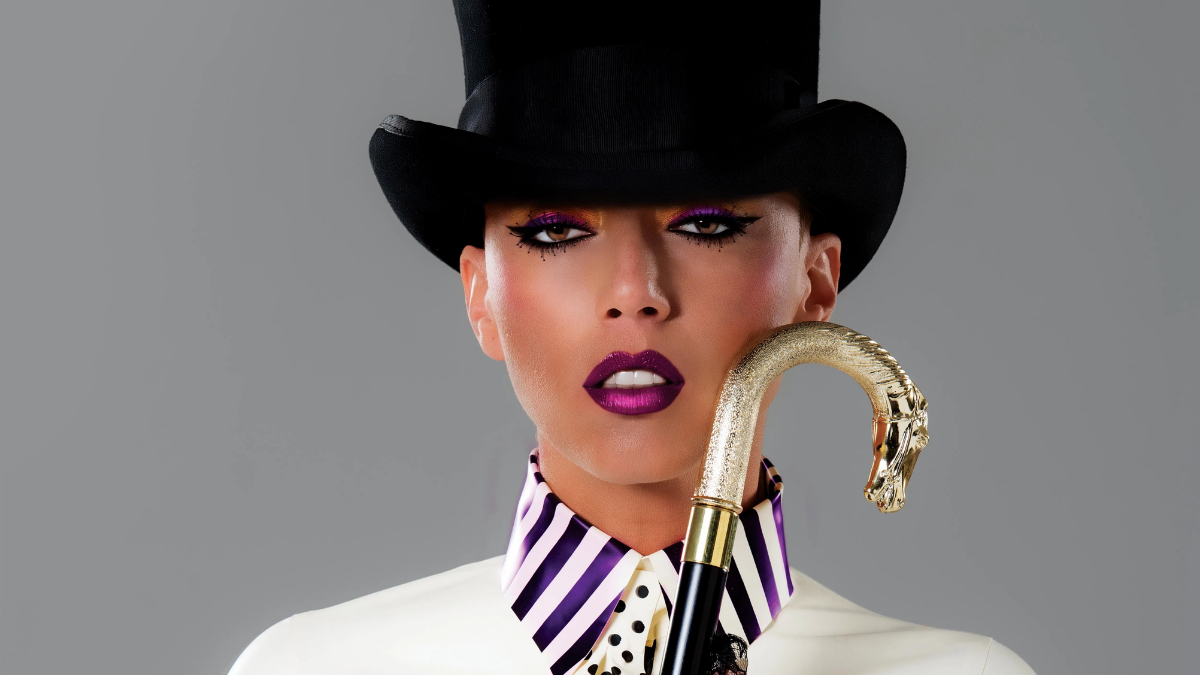

 Business3 years ago
Business3 years ago
 Business2 years ago
Business2 years ago
 Business2 years ago
Business2 years ago
 Business3 years ago
Business3 years ago
 Business3 years ago
Business3 years ago
 Business3 years ago
Business3 years ago
 Business3 years ago
Business3 years ago
 Business3 years ago
Business3 years ago
